
Candida Martinelli's Italophile Site

Main
Page This family-friendly site celebrates Italian culture for the enjoyment of children and
adults. Site-Overview
Italian cuisine verses French cuisine Medieval Italian cookbooks free online Pelligrino Artusi's classic cookbook
Health properties of Italian staples Regional
- Ethnic cooking sites online
Books About Italian Food, Recipes Bill Buford, a passionate food
writer, describes the history of modern European cooking as
originating in Italy during the Renaissance, then transported to
France with Catherine dei Medici in 1553 when she married a future king
of France. While France built upon the
Italian cuisine, developing a highly codified cuisine of it’s own, the
Italians continued on in the court and family fashion, allowing
improvisation and regional variations to abound.
This inclusive cuisine was more difficult to diffuse via culinary
institutes because it was difficult to codify in text books. There are some famous
Renaissance texts that describe recipes collected from various sources:
chefs, housewives, family. The most famous is
Opera De obsoniis ac de honesta voluptate et
valitudine,
Venezia, 1570, (Opera On Right Pleasure and Good Health) which
Mr. Buford calls Europe’s first international cookbook best-seller
(still on sale, even in paperback, even if the following links are not
always active, sorry). It was written by
Bartolomeo Scappi, called Il
Platina, who used
as the base of his book recipes collected and printed by chef
Maestro Martini around 1500, but he
altered some of the recipes, adding his own expertise as chef to lords
and popes. (I realize these links are to Italian and English
versions currently unavailable, but at least you can read up on them
before looking for them at 2nd hand bookstores.)
The famous Italian text on
Italian cooking from 1891, La scienza in cucina e l’arte di mangier
bene (The Science of the Kitchen and the Art of Eating Well) by
Pellegrino Artusi, a textile merchant, collects together recipes
handed down from generation to generation, with imprecise measurements
of ingredients, and approximate cooking times and temperatures.
The French Guide Culinaire
(Culinary Guide) by Auguste Escoffier, from the same period, provides
master-chef perfected recipes, with precise measurements of ingredients,
and specific cooking times and temperatures.
The French and much of the world has thus classed Italian cooking
as amateurish as compared to the French professionalism.
Having said that, Mr. Buford also expresses
surprise that many of Italy’s classic recipes have not changed
radically since they were described in the mid-fourteen hundreds.
Reference:
Buford, Bill, “In the Kitchen”, pages 114-127,
The New Yorker Magazine, September 6, 2004. (For a much expanded text on these wonderful cookbooks, visit my page
dedicated just to them: Ancient -
Medieval Italian
Cookbooks.) These books are fun reads. They're written in an Italian that
is a mix of Italian and Latin and sometimes French and Spanish.
Reading them, you discover not just traditional dishes and variations
you might never have imagined, but also things about the time period. For example, how do you communicate how long to cook a dish,
when there were no inexpensive, reliable timepieces in every home?
They used prayers that everyone at that time knew, like the 'Our
Father' and the 'Hail Mary'. So you're instructed to "cook it as
long as it takes to say an Our Father", for example. Or one recipe
says to leave something to soak
'from
vespers (evening prayers) to the morning'. In the oldest books, the measurements are in pounds (libre)
and ounces (oncia), and the numbers in roman-numerals (i, ii,
iii...) because Arabic numerals (1, 2, 3...) were not yet in common
use. There are lots of special dishes for meat-free Fridays and Lent,
as required by the Catholic religious calendar devised by the Vatican,
but phased out in the 1960s. Similar to all European cooking from that time, a spice mix called 'sweet
spices' was often used . It is most comparable to today's
Allspice Mix with a mix of cinnamon, nutmeg, mace, clove, pepper, ginger
and at times other ingredients like anise and paprika. There are
also plenty of recipes that call for cinnamon, nutmeg, mace
(ground from the shell of the nutmeg), clove, cardamom, and black
pepper and ginger (zenzevero). Herbs that we know today appear as well, like parsley,
sage, mint and marjoram. Dried mushrooms are used. Fruit
was cooked, often in broth, as were many other things. The more fat in the broth the better (more flavor). And
rose
water
was used to flavor dishes, as it still is in North Africa, and southern
Italy. But the spice or herb that is most common is saffron.
Saffron was used not just for it's flavor, but for the yellow coloring
it gave to the food. Yellow was a popular color because it
resembled gold so it symbolized wealth. It was the color of choice
for weddings and not just for the food. The wealthy bride's
dress was usually golden or yellow. Some other common ingredients are sugar (also in savory
dishes), honey, almond milk (a liquid that comes from soaked almonds),
lard (strutto, pork fat used instead of olive oil), butter (botiro)
in place of or together with lard , raisons, pine nuts, almonds, black
pepper, milk (lacto), cheese, and egg whites. Some common dishes are savory pies, soups, fried foods, fish
and fowl. Similar to today's French cooking, there are lots of sauces.
These are varied and served over cuts of meat, that are prepared and
cooked in the same manner. Only the sauce changes the flavor of
the dish. One book contains a recipe for a 'Torte of Live Birds'.
This was a showy dish that is mentioned in some banquet accounts of that
time. They would bake a crust with a lattice top and fill it,
after out of the oven, with live birds that were released when the
crust was broken. What happened to them and the
bird-dropping-covered crust after that, I really don't know! In Maestro Martino's book, the more recent of the three, you'll find
marzipan, and pasta recipes. Among the pasta are lasagna
and ravioli
(raffioli). The ravioli are filled with all kinds of things
and either boiled in broth or fried, and sometimes topped with sugar. Anonimo Toscano, Libro della cocina Maestro Martino, Libro de arte
coquinaria From the 15th century, PDF, 82 pages Anonimo Veneziano, Libro di
cucina/ Libro per cuoco From the late 14th or early 15th
century, PDF, 28 pages Visit my page on the History of Italian Food
and Recipes.
St. Mark's Square in the 1860s Writer William Dean Howells lived in Venice from 1861 to 1865 as U.S.
Consul under President Lincoln. I have prepared a
page with entertaining excepts from his book
Venetian Life,
in which he vividly describes Venetian food of the day, and the
new-fangled restaurants. Pelligrino Artusi’s classic
cookbook from 1891 La scienza in cucina e l’arte di
mangier bene (The Science of the Kitchen and the Art of
Eating Well), offers healthful advice, just like it’s
classic predecessors.
Artusi, a textile
merchant, collects together recipes handed down from generation to
generation, with imprecise measurements of ingredients, and approximate
cooking times and temperatures.
He even quotes two proverbs. English Proverb:
Early to bed and early to rise Makes a man healthy, wealthy and wise. In Italian: Coricarsi presto ed alzarsi presto
Fanno l’uomo sano, ricco e saggio. French Proverb: Se lever à six, déjeuner á dix,
Dîner à six, se coucher à dix,
Fait vivre l’homme dix fois dix. In Italian:
Alzarsi alle sei, far colazione alle dieci,
Pranzare alle sei, coricarsi alle dieci,
Fa viver l’uomo dieci volte dieci. In English:
Up at six, breakfast at ten, Dinner at six, bed at ten, Makes a man live ten times ten. Signor Artusi also describes
menus for the various months and holidays, and foods recommended for
people with digestive problems. But the most entertaining
section for the casual reader is the one entitled Cose diverse
(Various Things). In there
he describes the origins of coffee, tea and chocolate, and then
he includes descriptions of how to prepare a few staples of the
Italian diet like Tuscan mustard, roasted almonds, and a medieval
spice mix.
In the coffee entry, he
includes this quote from the slave in the
Goldoni play La sposa persiana (The Persian Bride),
describing the precise method of cultivating coffee, and the method used
in Ethiopia to prepare coffee (repeated boiling). In Italian: Ecco il caffè, signore, caffè in Arabia nato,
E dalle carovane in Ispahan portato.
L’arabo certamente sempre è il caffè migliore;
Mentre spunta da un lato, mette dall’altro il fiore.
Nasce in pingue terreno, vuole ombra, o poco sole.
Piantare ogni tre anni l’arboscel si suole.
Il frutto non è vero, ch’esser debba piccino,
Anzi dev’esser grosso, basta sia verdolino,
Usarlo indi conviene di fresco macinato,
In luogo caldo e asciutto, con gelosia guardato.
… A farlo vi vuol poco; Mettervi la sua dose, e non versarlo al fuoco.
Far sollevar la spuma, poi abbassarla a un tratto
Sei, sette volte almeno, il caffè presto è fatto. In English: Here is the coffee, sir, coffee born in Arabia, And with the caravans to Isfahan (capital of Persia) brought. Arabian is certainly, always, the best coffee; While it sprouts from one side, it puts the flower on the other. It is born in rich soil, in the shade or little sun. Plant it out every three years, the sapling grows. The fruit is not real, whether it is small Or large, but only if it is tender, Use it as you need it, ground freshly, In a warm and dry place, with jealousy guarded.
… To make it you need but little; Put the right dose, and don’t put it straight on the fire. Let it boil up, then quickly lower the heat Six, seven times at least, the coffee is soon ready.
The
Mediterranean diet is the healthiest on the planet, as nutritionists
have asserted for a very long time and is reiterated in this
article on WebMD.
In an authoritative book on the therapeutic properties of common foods,
herbs and spices (Van Straten, Michael, Griggs, Barbara, Super Foods,
Dorling Kindersley, 1996), many of the staples of the Italian diet
appear prominently. I can't find that
book at present, but here are two by the same author.
Here are some foods, with the health problems they have been shown
medically to offer some alleviation.
We’re talking here about mild disorders, not chronic or
life-threatening problems, from which if you or someone you know is
suffering, it is unwise to replace modern medicine, with it’s precise
dosages and medical supervision, with imprecise homeopathic or dietary
treatments.
And if you are on medications, be aware that your diet can interfere
with the functioning of your medications; read the small print in
the pill packages carefully or consult with your doctor.
Almonds: rich in protein and vital minerals like zinc, magnesium,
potassium and iron, recommended for convalescence, digestive problems,
respiratory difficulties, urinary abnormalities.
Artichokes: liver purifying, cholesterol lowering, and a diuretic
effect, recommended for circulatory problems, digestive problems, joint
discomfort.
Chicory: liver purifying, diuretic effect, anti-inflammatory action,
recommended for digestive problems, joint discomfort, skin irritations,
urinary abnormalities.
Dandelion Leaves: liver purifying, cholesterol lowering, lightly
diuretic effect, rich in potassium, anti-inflammatory action,
recommended for circulatory problems, digestive problems, fatigue, joint
discomfort, skin irritations, urinary abnormalities.
Figs: high nutritional value, rich in fiber, iron, potassium,
calcium, gut-soothing, mild laxative, recommended for convalescence from
illness, respiratory disorders.
Garlic: anti-bacterial action especially in the gut, anti-coagulant
effect lowering blood pressure, cholesterol lowering effect, recommended
for circulatory problems, joint discomfort, respiratory disorders, skin
irritations, stress related problems, urinary abnormalities.
Grapes: highly nourishing, regenerative food, recommended for
convalescence from illness, fatigue, joint discomfort, skin irritation,
stress related problems, urinary abnormalities.
Olive Oil: anti-oxidant, high in vitamin E, cholesterol lowering
effect, high HDL-fat levels, mild laxative effect, stimulates digestion,
recommended for circulatory problems, digestive problems, joint
discomfort, sexual dysfunction, skin irritations.
Peppers: high in vitamin C, iron and potassium, recommended for
circulatory problems, respiratory difficulties, skin irritations.
Basil: nerve tonic and calming effect, can stimulate the appetite
which makes it ideal for the elderly and those recovering from illness,
a natural companion to tomatoes.
Chili Peppers: good for the heart and circulatory system, and the
digestive system, cleansing effect on the respiratory system.
Oregano: antiseptic for the respiratory tract, helps against stomach
colic.
Parsley: rich in vitamin A and C, iron, calcium and potassium,
diuretic effect, fights gout and rheumatism, assists digestion
especially of fatty foods.
Rosemary: assists digestion especially of fats, stimulates the
memory, reduces nervous tension, a natural companion to lamb and
chicken.
Sage: assists digestion of fatty foods, stimulates the central
nervous system reducing nervous tension.
Thyme: antiseptic, stimulates body’s resistance to viruses and
bacterial infections, nervous system tonic, natural companion to beef
and lamb. To learn more about
Italian herbs and spices
try the Italian Cooking and Living site. Buonissimo's Webzine's
Cucina Regionale Cookaround's
Cucina Regionale
Italian Passover (Pesach) Recipes Paesi On Line
Ricette Regionali
For an exhaustive list and description of Italian foods by type and
by region, Italian Made is great. Click
here to open the
link to their Italian Foods page.
To find more books about Italian cooking, you
can use this search tool for Amazon.com.
Or check out some cookbooks I've selected from Amazon and feature on my
Non-Fiction page. Just enter 'Books' in the 'Search' field, and 'Italian cooking' (or
Italian food, or Italian recipes, for example) in the 'Keyword' field.
Then click on the 'Go' button to see what's available, what people's
comments about the books are, and what they cost.
I want to highlight a special recipe site. It is for skilled
cooks who want to make something a bit special. The excellent
Italian site Mangiare
Bene, has a collection of dishes submitted by restaurant chefs from
all over Italy. They offer an introduction to the chef and
restaurant together with the
chef's recipes.
And another cooking site with great Italian recipes is
Delia Smith's site. Delia is the top celebrity cook in Britain
and she is a wonderful teacher. Her website recipes have the most
detailed explanations around, so you can't go wrong. There is a free PDF cookbook site that has a Pizza and an Italian cookbook you
can download. Just scroll down when you get there, to see the
list. And there's a wonderful on-line Italian cookbook dedicated to an
Italian mother:
Ottaviana's Kitchen. If you understand Italian, and are looking for lots of genuine
recipes, visit this wonderful site for
Macaroni,
Tortellini,
Ravioli, and many, many more
sections. Use the menu in their right column to move around their
site.
Jeanie
C.'s Italian Home Cooking Links
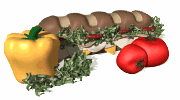
Italian Food, Ancient Cookbooks, Health, Regional, Artusi, Prints...
![]()
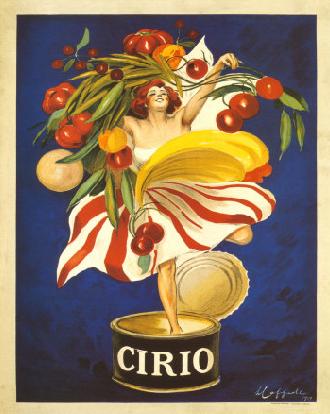
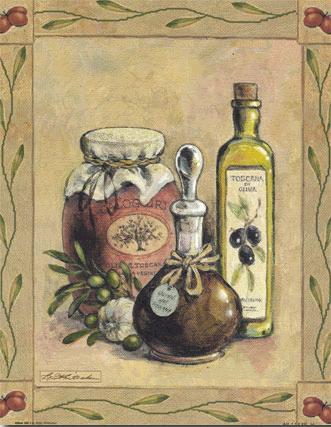
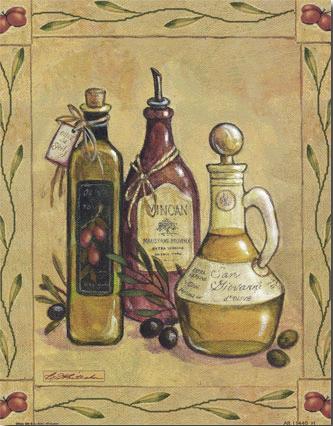
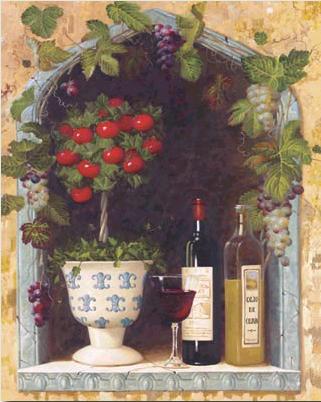
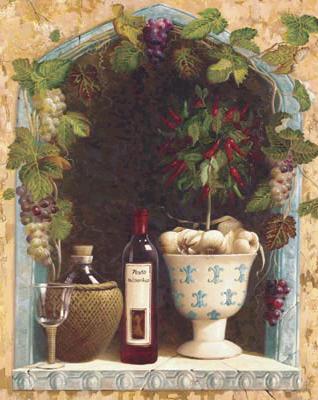
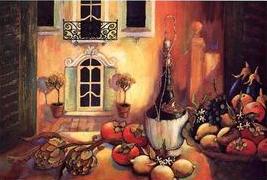

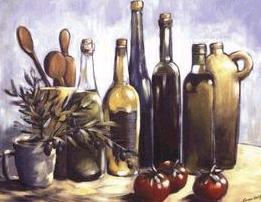
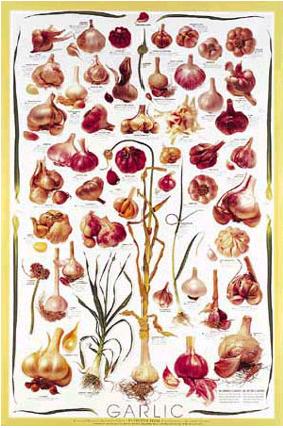
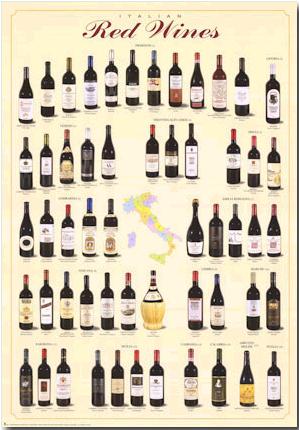
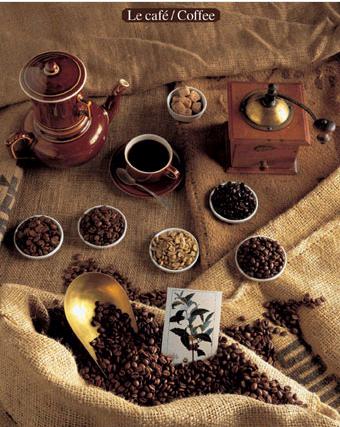
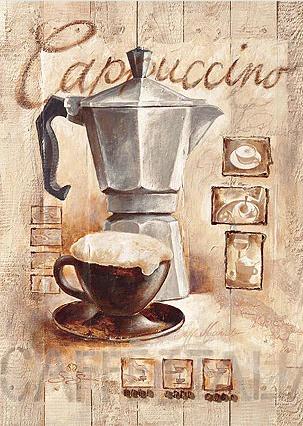
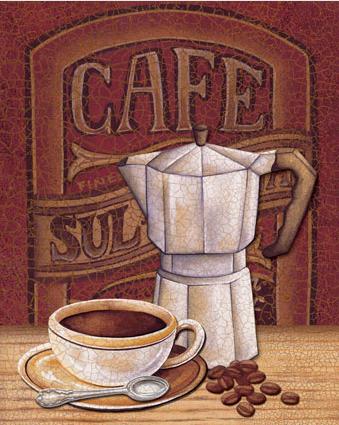
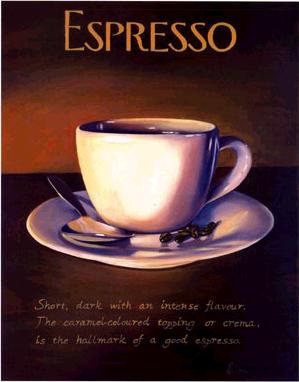
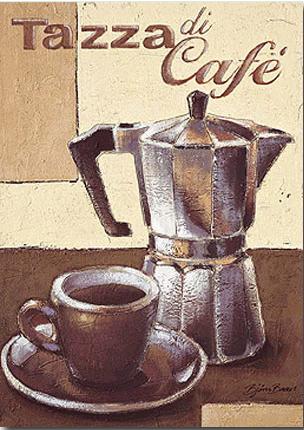
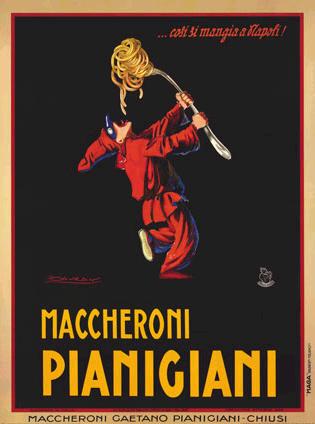
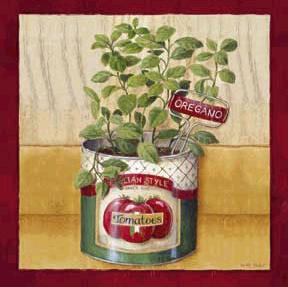
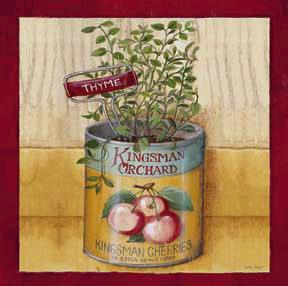
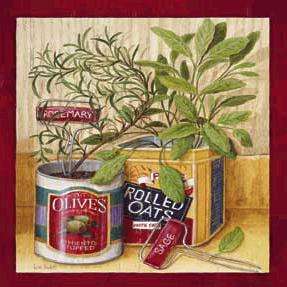
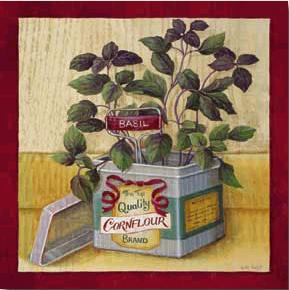
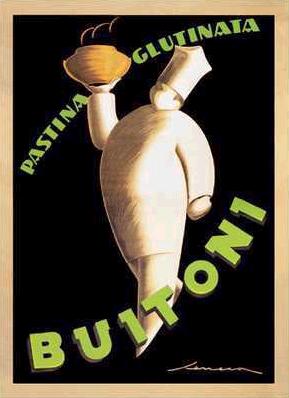
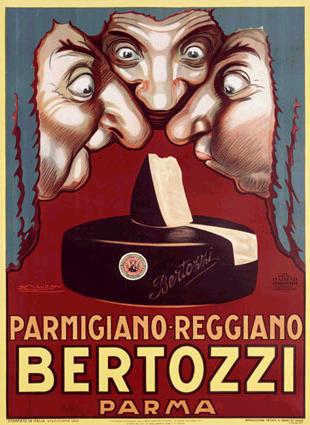
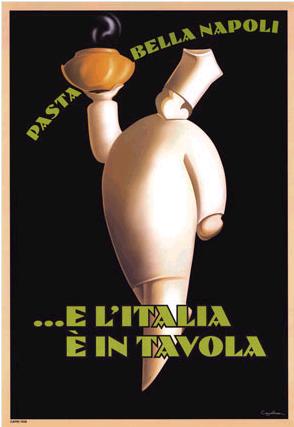
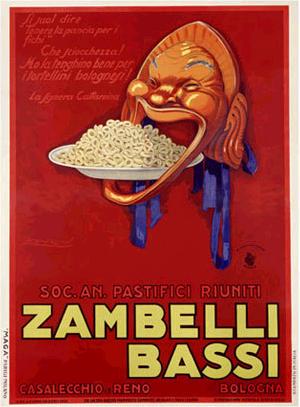
Italian Cuisine
verses French Cuisine
Ancient - Medieval Italian Cookbooks Free Online - History
From the late 14th or early 15th century, PDF, 23 pagesThe Science of the
Kitchen and the Art of Eating Well
Health Properties
of Some Typical Italian Foods and Herbs
Regional
/ Ethnic Cooking Sites Online

Books About Italian
Food, Recipes


![]()